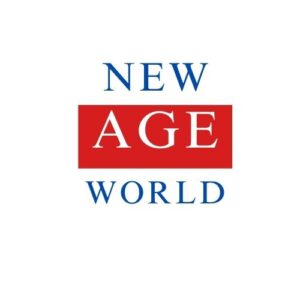
What Is Market?
A marketplace, market place, or just market, or mart is a location where people regularly gather for the purchase and sale of provisions, livestock, and other goods. In different parts of the world.
Markets have existed for as long as humans have engaged in trade.
The form that a market adopts depends on its locality’s population, culture, ambient, and geographic conditions. The term market covers many types of trading, as market squares, market halls, food halls, and their different varieties.
The Earliest Bazzars.
The earliest bazaars originated in Persia and spread to the rest of the Middle East and Europe.
Documentary sources suggest that zoning policies confined trading to particular parts of cities from around 3000 BCE, creating the conditions necessary for the emergence of a bazaar. Middle Eastern bazaars were typically long strips with stalls on either side and a covered roof designed to protect traders and purchasers from the fierce sun.The Ultimate Exploring Middle East’s Top Street Markets.

In the Middle East, markets tend to be covered, to protect traders and shoppers from the sun. In milder climates, markets are often open air. In Asia, a system of morning markets trading in fresh produce and night markets trading in non-perishables is common.
Middle Eastern bazaars were typically long strips with stalls on either side and a covered roof designed to protect traders and purchasers from the fierce sun. In Europe, informal, unregulated markets gradually made way for a system of formal, chartered markets from the 12th century.
Market Situatied.
The marketplaces were typically located in the town center, and skilled artisans, such as metal-workers, leather workers, and carpenters, lived in the surrounding alleyways. These artisans may have sold wares directly from their premises, but also prepared goods for sale on market days.
In early Western Europe, markets developed close to monasteries, castles or royal residences.
The very wealthy landowners managed their own distribution, which may have involved importing and exporting. Ancient sources and archaeological case studies document the nature of export markets in antiquity. Major producers such as the great estates were sufficiently attractive for merchants to call directly at their farm gates, obviating the producers’ need to attend local markets.

Good Things Comes To Those Who Shop Local
During the Middle Ages, people engaged in transactional exchange in the physical market. Shops had higher overhead costs, but were able to offer regular trading hours and a relationship with customers and may have offered added value services. Such as credit terms to reliable customersThe Ultimate Exploring Middle East’s Top Street Markets. Local trading was the primary characteristic of the economy, with goods exchanged over relatively short distances.
Types!
Furthermore, markets can also be classified based on geographical location. Local markets serve a specific area or community, while global markets encompass international trade and commerce. The geographical scope of a market can impact factors such as pricing, distribution, and market demand.
In this classification, the very short period market has three types: one where the supply of a commodity remains fixed. Additionally, in a relatively short time, perishable goods like fruit, vegetables, meat, and fish must be sold or they will spoil. Therefore, we must sell them quickly.
In the second group, market participants can add labor and other inputs to increase the quantity supplied. I am required to add capital. Many non-perishable goods fall into this category. Additionally, an investment in capital can improve the length of time in the third category, which is the long-period market.
Visit Us On Our Shopping Website

